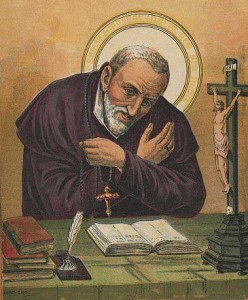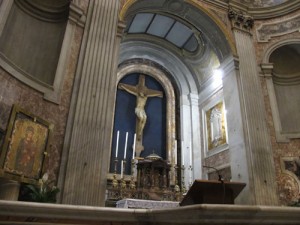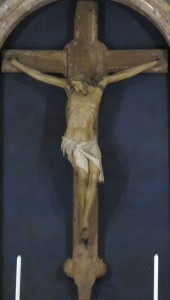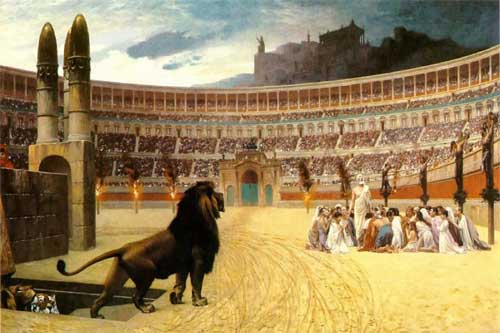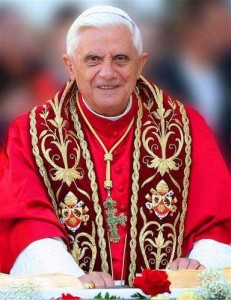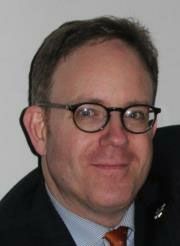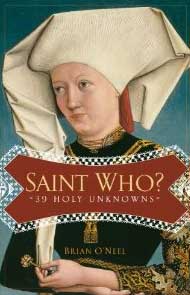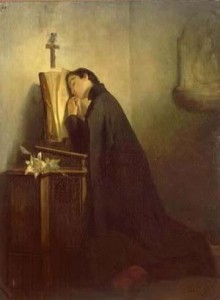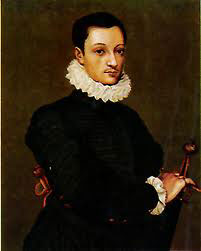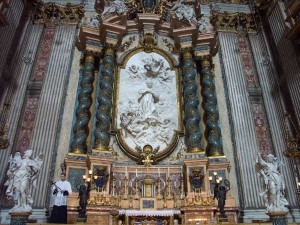Podcast: Play in new window | Download (Duration: 20:36 — 18.9MB) | Embed
Subscribe: Apple Podcasts | Spotify | Amazon Music | Android | Pandora | iHeartRadio | JioSaavn | Podchaser | Gaana | Podcast Index | Email | TuneIn | Deezer | Anghami | RSS | More
St. Maximus the Confessor
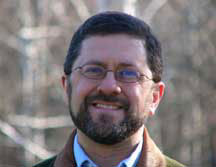 lived approx. 500 years after Hippolytus. He is one of the last fathers of the Church and is consider one of the first of her doctors. A beautiful writer and homelist he said this once:
lived approx. 500 years after Hippolytus. He is one of the last fathers of the Church and is consider one of the first of her doctors. A beautiful writer and homelist he said this once:
The sun of justice, rising into the clean mind, reveals Himself and the reasons of all that He created and will create.
Love defeats those three: self-deception, because she is not proud; Interior envy, because she is not jealous; Exterior envy, because she is generous and serene.
All the treasures of wisdom and knowledge are inside our hearts hidden.
Faith without love does not act in the soul the illumination of the divine knowledge.
When the mind receives the ideas of things, by its nature is transformed according to each and every idea. If it sees the things spiritually, it is transfigured in many ways according to each vision. But if the mind becomes in God, then it becomes totally shapeless and formless, because seeing Him who has one face it comes to have one face and then the whole mind becomes a face of light.– taken from Speech on Love



